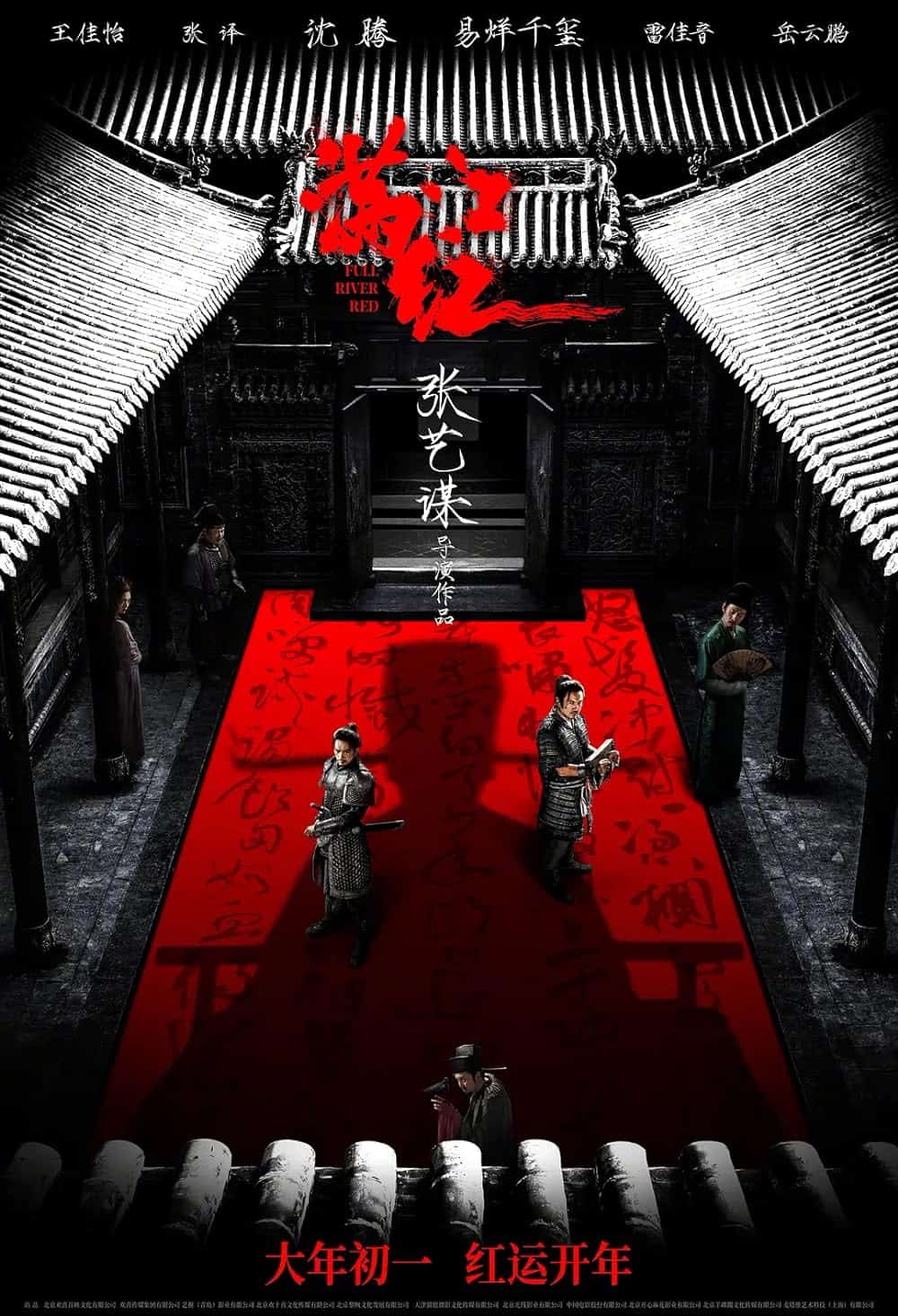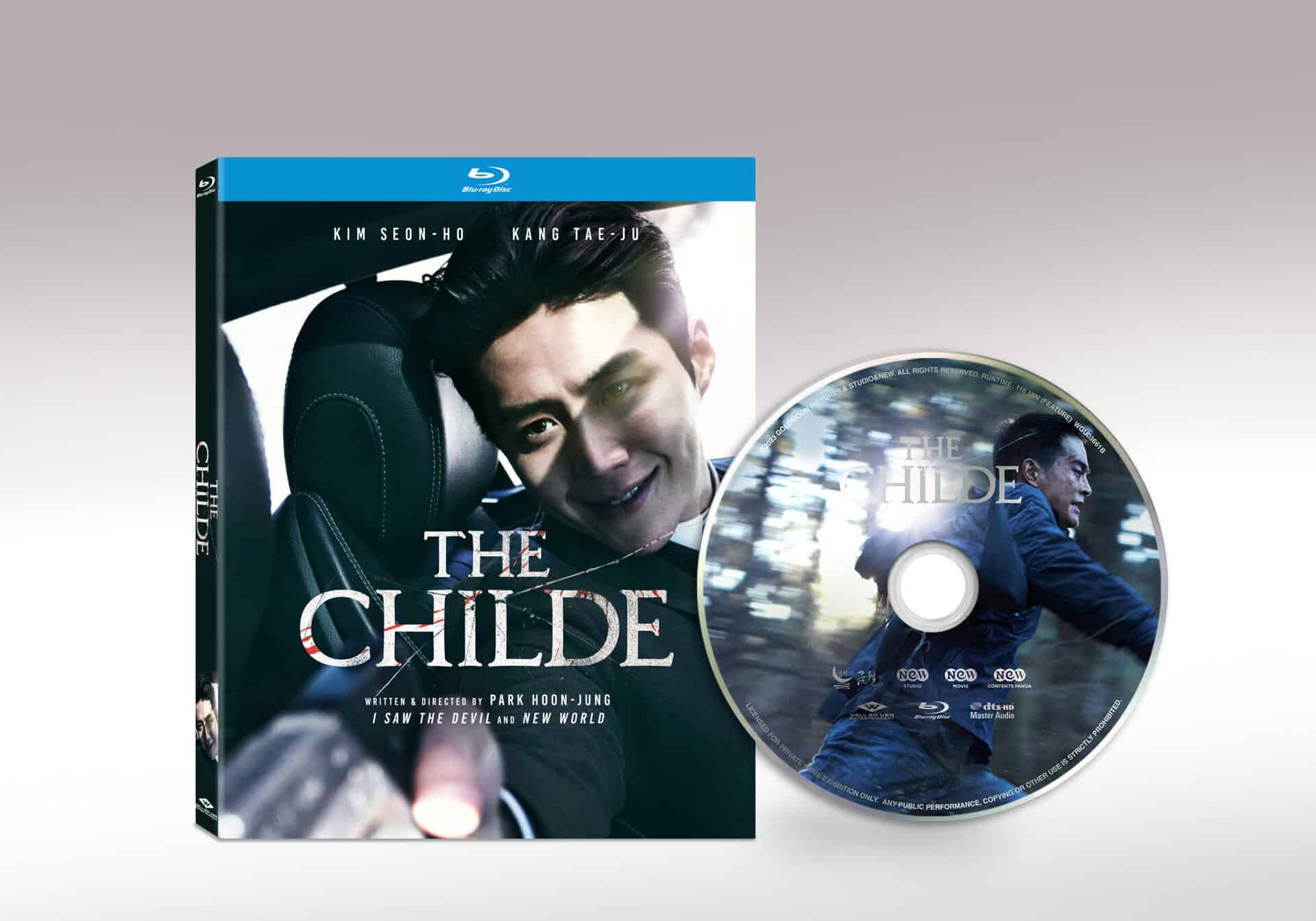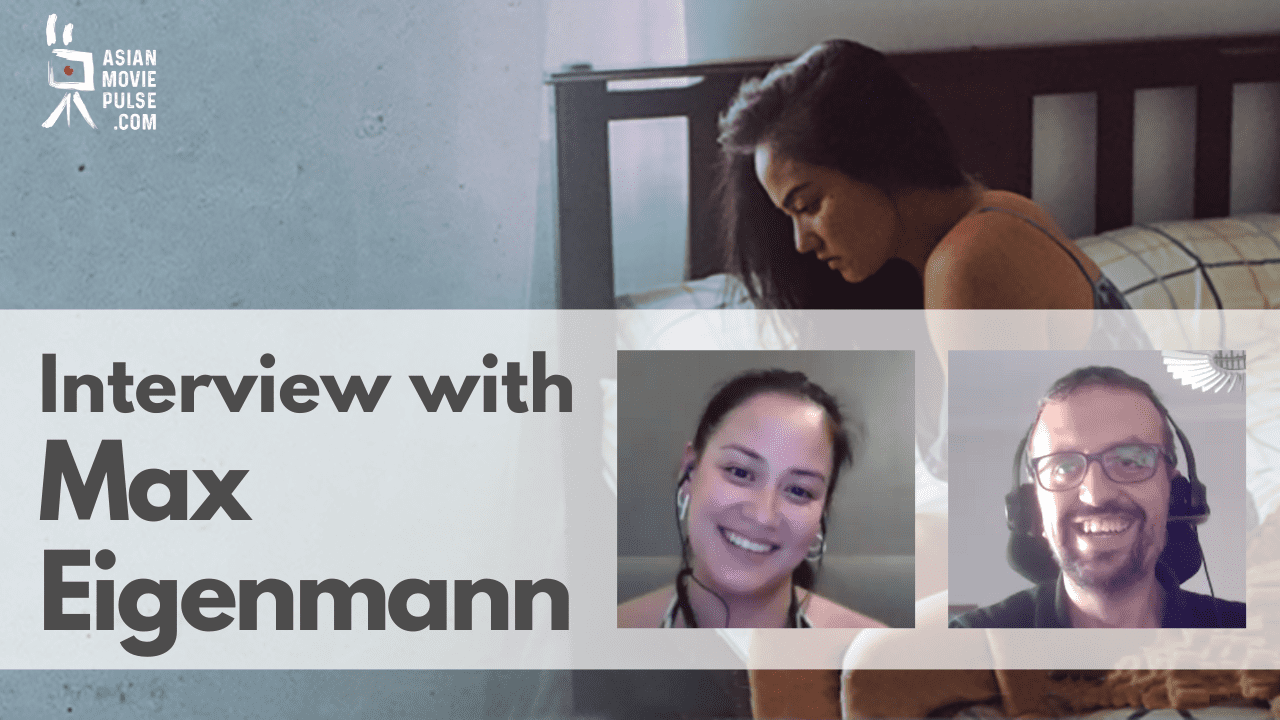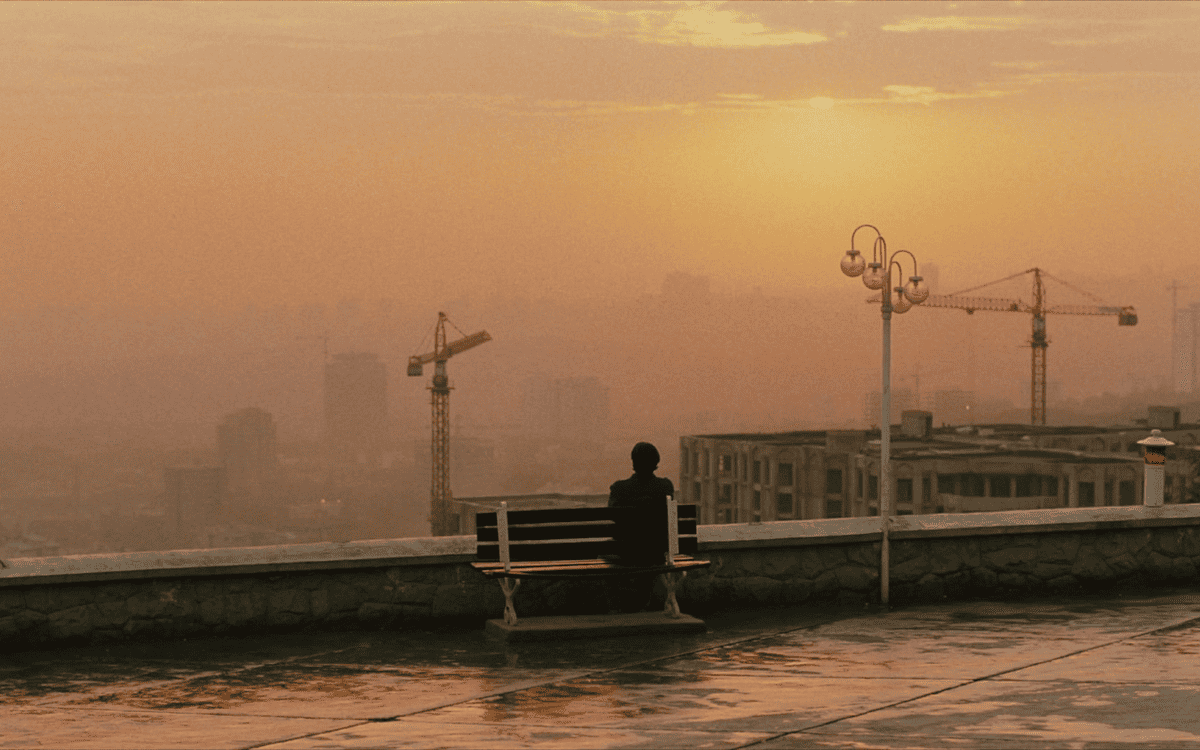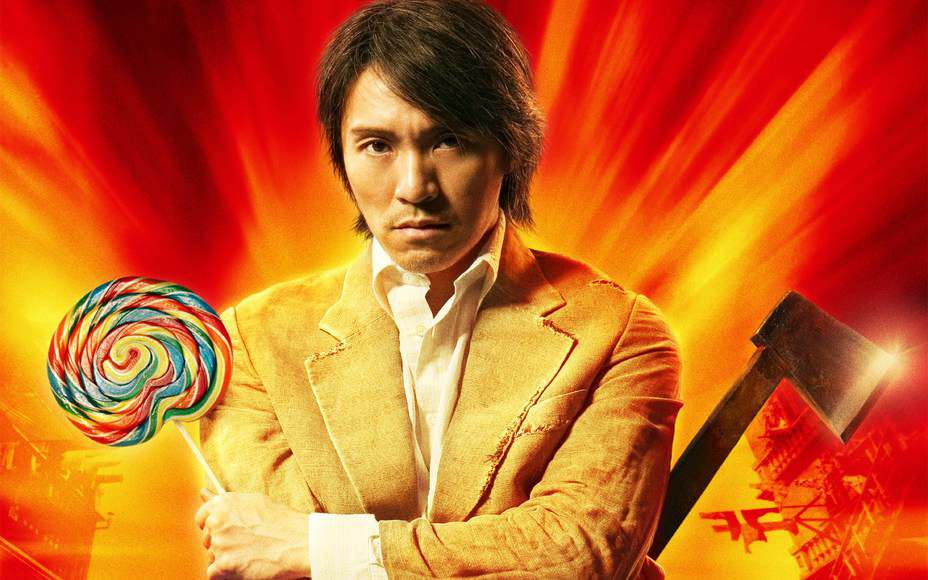10. Kitty the Killer by Lee Thongkham (Thailand)
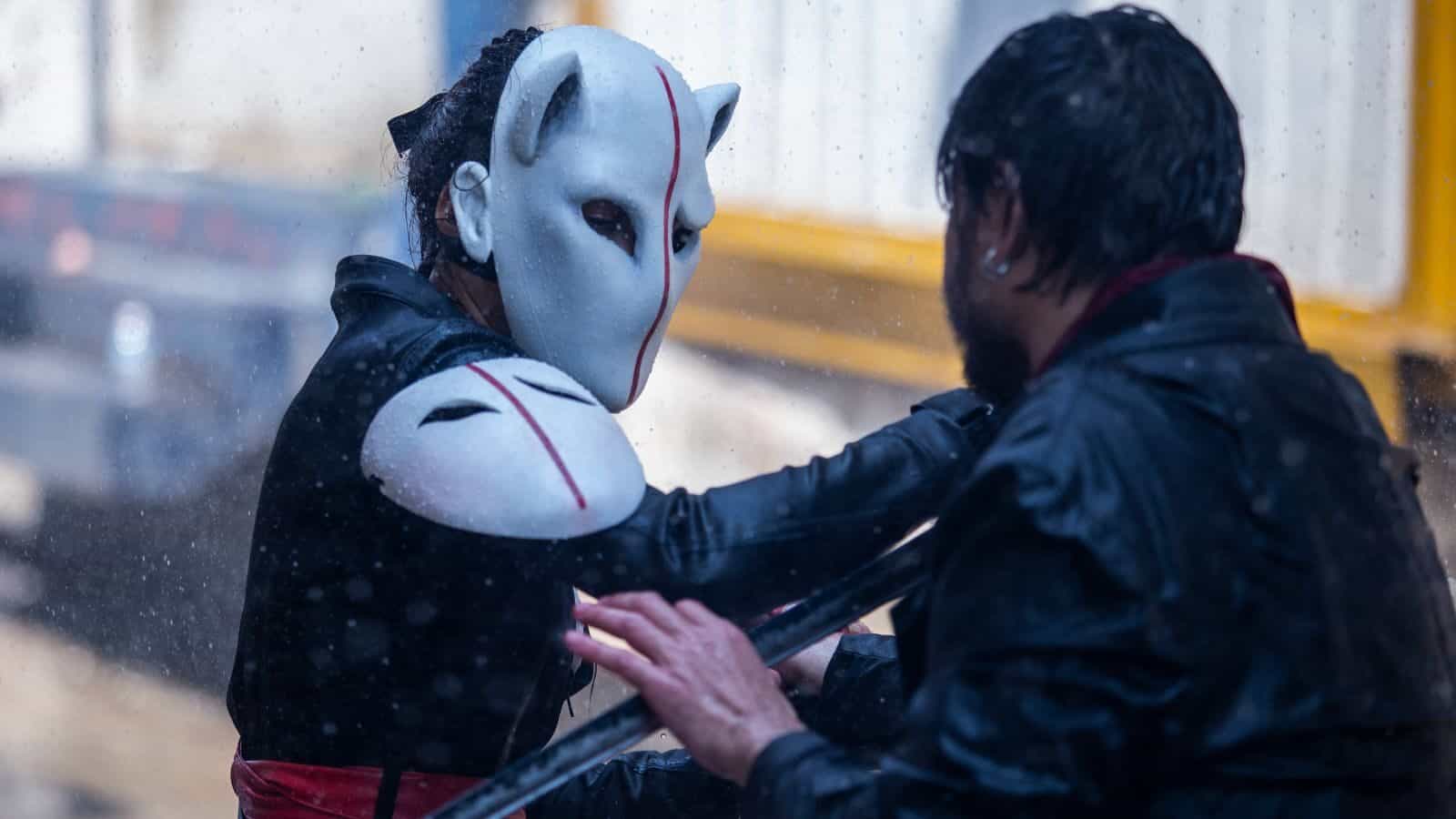
The way the action and the violence are presented is definitely top notch, with the action direction thriving throughout, in an approach that moves either towards a comic/manga one through a very appealing over-the-topness or in more thriller paths, which also adds a sense of drama that is equally entertaining. (Panos Kotzathanasis)
9. The Roundup: No Way Out by Lee Sang-yong (S. Korea)
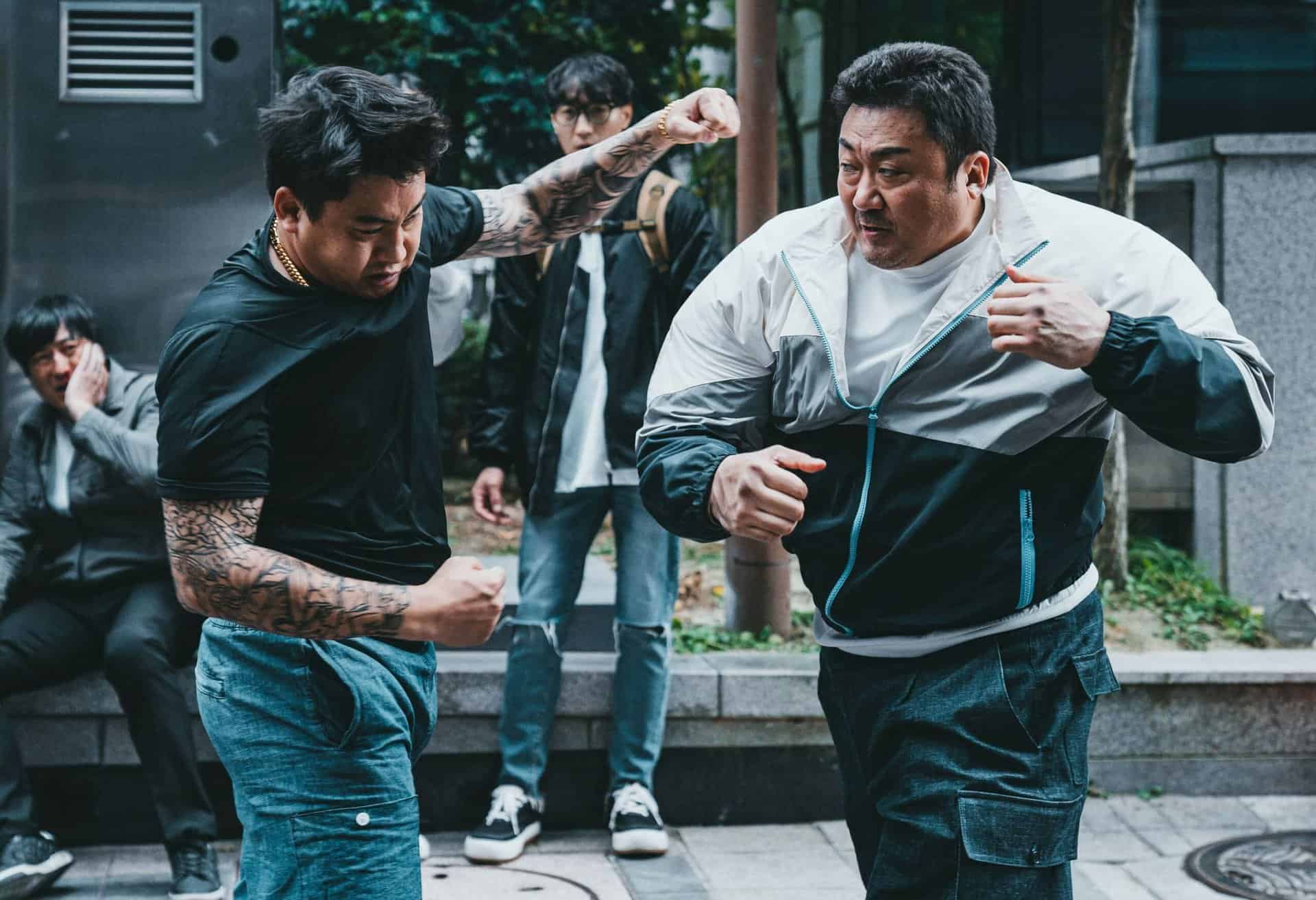
South Korean-American actor Ma Dong-seok or Don Lee is the man and the filmmakers sure know how to use him to please the local audiences. Trained in boxing, Ma's film career took off like a rocket after his breakout turn in the zombie hit “Train to Busan” (2016) and he even made it to Hollywood later with Marvel's “Eternals” in 2021 as Gilgamesh. Once again full of energy, Ma shines as the oversized, one-punch knockout detective Ma in this third installment of the crime franchise. Besides flexing his muscles, his comic timing is also spot on. (David Chew)
Buy This Title
on Amazon by clicking on the image below
8. Believer 2 by Baik (S. Korea)

So, what are the film's merits one would ask? As was the case with the action movies of Hong Kong from the past, which frequently followed the same nonsensical path this one also follows, “Believer 2” is also a lot of fun. Probably the biggest source of entertainment here is Big Knife, who frequently functions as a paranoid, ultra violent caricature straight from the pages of a manga, with the fact that her overall demeanor is that of a child essentially, adding much to her overall presence. Unrecognizable Han Hyo-joo is astonishing in the part, proving once more her knack for playing different types of roles with the same prowess. (Panos Kotzathanasis)
7. Full River Red by Zhang Yimou (China)

If one goes into “Full River Red” expecting another period-set action extravaganza akin to the likes of “Shadow” or “The House of Flying Daggers”, there would be severe disappointment in store. In fact, it is hard to pin Zhang's latest into one genre. Told in real-time, the feature begins as a Song dynasty whodunit, taking an approach not too dissimilar to a buddy-cop narrative, but swiftly gives way to a mystery/political thriller as layers upon layers of intrigue are slowly peeled away, only to reveal more layers. The palace politics in particular are etched out wonderfully, making the narrative come closest to a real-life chess game being played out in real time. There are deaths of course, but they are sudden and swift, and often bloody, a far cry from what one is accustomed to in a Zhang Yimou production. The narratively constantly evolves into something else, refusing to pigeonhole itself into one genre and is all the more unpredictable for it. (Rhythm Zaveri)
6. The Childe by Park Hoon-jung (S. Korea)

Park Hoon-jung answers all of these questions, of course, but he is in no hurry to do so. The script, which like all his other directorials is written by him, takes its time in getting to the reveals and thus to the real reason behind all the chaos and the chases. These could get exasperating for some, but Park never lets the narrative rest, peppering it with a number of expertly executed action sequences, a lot of which include chases of all kind, as a number of interested parties try to catch Marco. The most impressive of these include the one within a narrow alleyed town on foot and the car chases shortly before and after that. While these go on, the plot does come to a jarring halt, but the kinetic energy of these set-pieces make up for that shortcoming. (Rhythm Zaveri)
Buy This Title
on Amazon by clicking on the image below
5. Concrete Utopia by Uhm Tae-hwa (S. Korea)
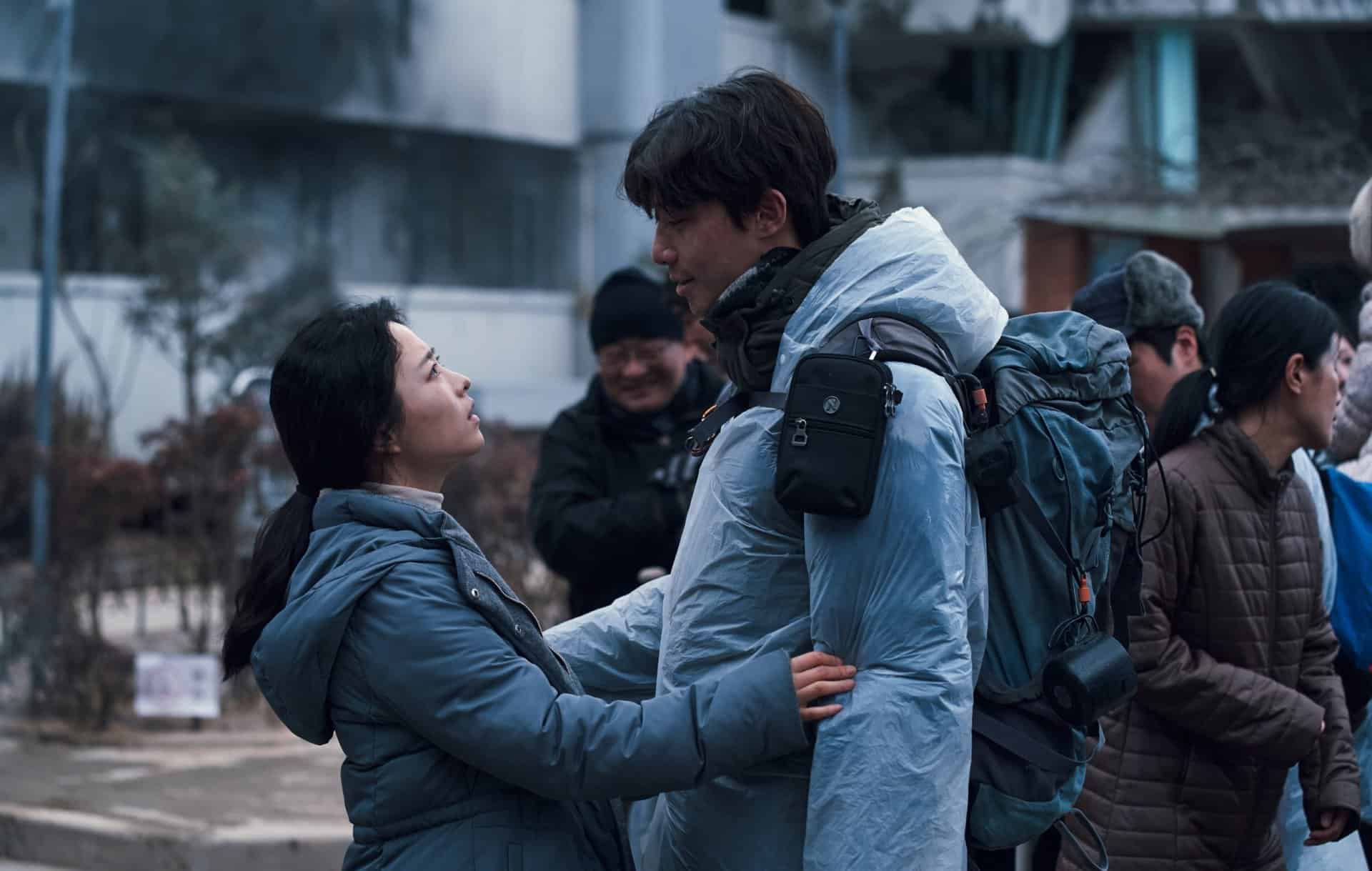
What “Utopia” excels at, though, is keeping the human moral dilemma at the center of it. Unlike many such stories, it's not played with a straight face at all. No one commits to the bit. We can really see the confusion on the characters' faces, and the pain of doing what they know is bad, but just seems to be the only way to survive at the moment. There is no joy in overpowering others in a complicated game of negotiating who gets what, and no one is allowed to be guilt-free. There isn't a lot of outward violence in the movie, but in a way, it's nothing but violence, all the time: most of “Utopia's” action is some kind of play on fear, risk, hope and resignation, fairness and guilt, utility and morality, trying to make a proper impression on others while also nervously watching your back. It's filled with heart-breakingly honest, fleeting human expressions. The face when you realize you lost your chance. The face when you try to pose altruism and conceal how much you only care about your own skin right now. The face when something is appalling you, and you try figure out in amok if your opinion is popular in the group or not. The dialogue is kept simple, which fits the naturalistic approach: you don't expect these people to come up with great lines. It feels exactly right and exactly wrong when one of the survivors sees a corpse and only manages to resentfully comment: “he liked to talk big… now he's dead!”. It's that crude for a reason, and it might shatter your soul. But visually, because of the said faces, it's a tale about dignity and honor: somehow, all people lose those equally when one side is merciless and the other begs for mercy. (Pawel Mizgalewicz)
4. Jawan by Atlee Kumar (India)
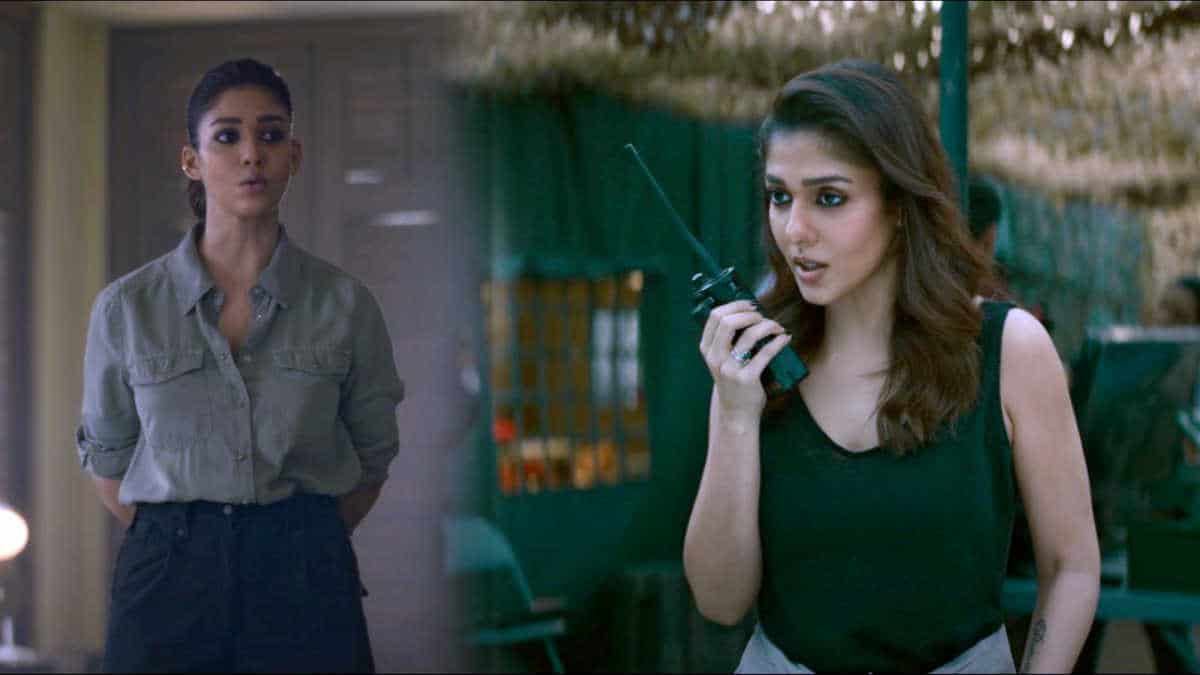
Furthermore, regarding national integration, Atlee consistently portrays individuals who often feel marginalized due to ethnicity or religion. The film's opening sequence is set against the backdrop of a North Eastern village, where the conflict between mercenaries and local villagers takes center stage. The mercenaries wear uniforms, symbolizing the ongoing conflict between local authorities and different tribes in the North East region of India. It's worth noting that Vikram Rathore, an army veteran, rescues the villagers as outsiders, signifying that North Eastern people are not excluded from the broader concept of ‘unity in diversity.' (Abirbhab Maitra)
3. Godzilla Minus One by Takashi Yamazaki (Japan)
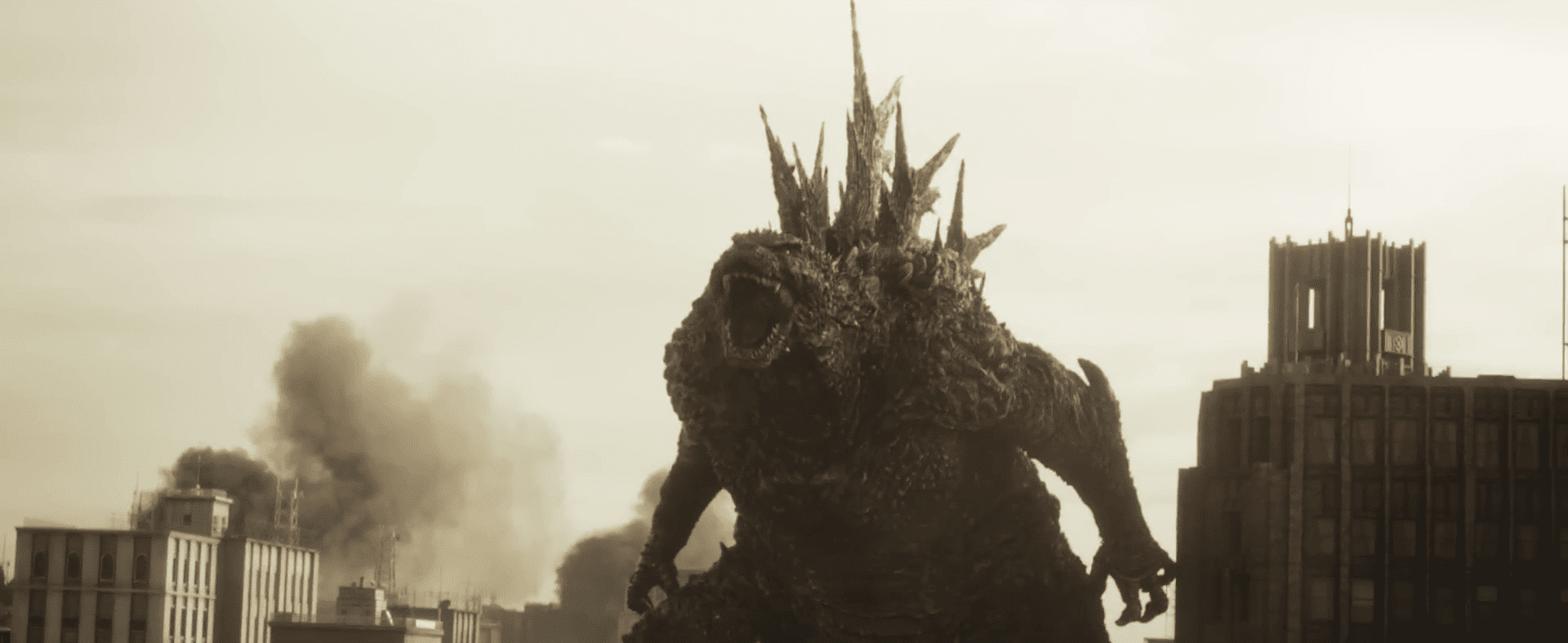
“Godzilla Minus One” is a great film, providing entertainment and themes that engross viewers further into the experience. Yamazaki gives audiences plenty of spectacular monster action and simultaneously engages them with a humanistic story containing a powerful anti-war message that addresses the horrors of nuclear weaponry and promotes the idea of individuals supporting each other through dark times. The mesmerizing reimagining of Godzilla will satisfy long-time fans and newcomers. (Sean Barry)
2. One Percenter by Yudai Yamaguchi (Japan)

“One Percenter” will definitely satisfy fans of cult action, but at the same time, its meta aspect, will find appeal even among fans of arthouse and mockumentary filmmaking, in a duality that is greatly handled by Yamaguchi. (Panos Kotzathanasis)
1. 100 Yards by Xu Haofeng and Xu Junfeng (China)
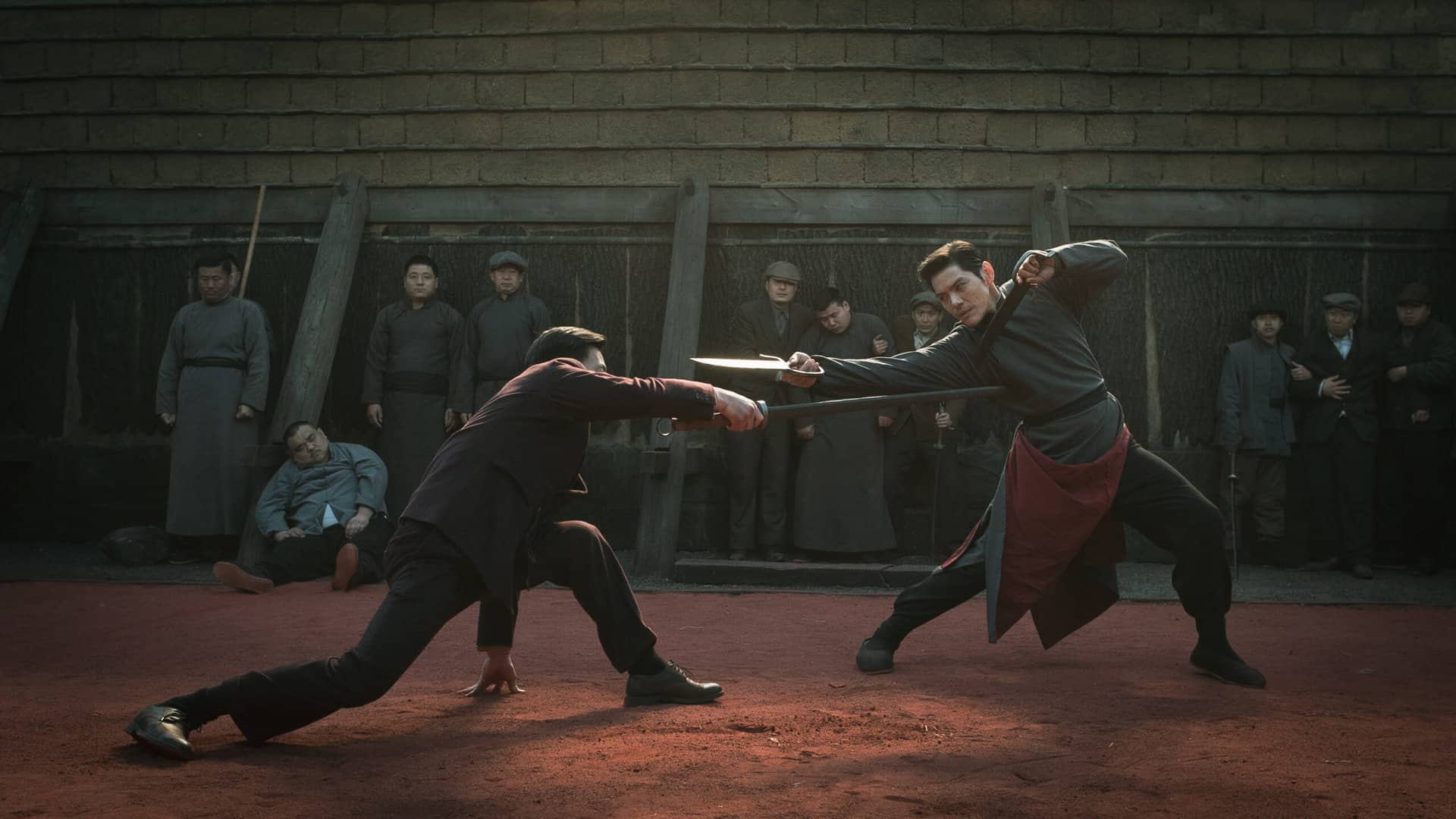
Xu Haofeng and Xu Junfeng write and direct an ultra-stylish martial arts movie that also manages to move into noir and even a bit of western paths, while also following a number of wuxia traditions. (Panos Kotzathanasis)



